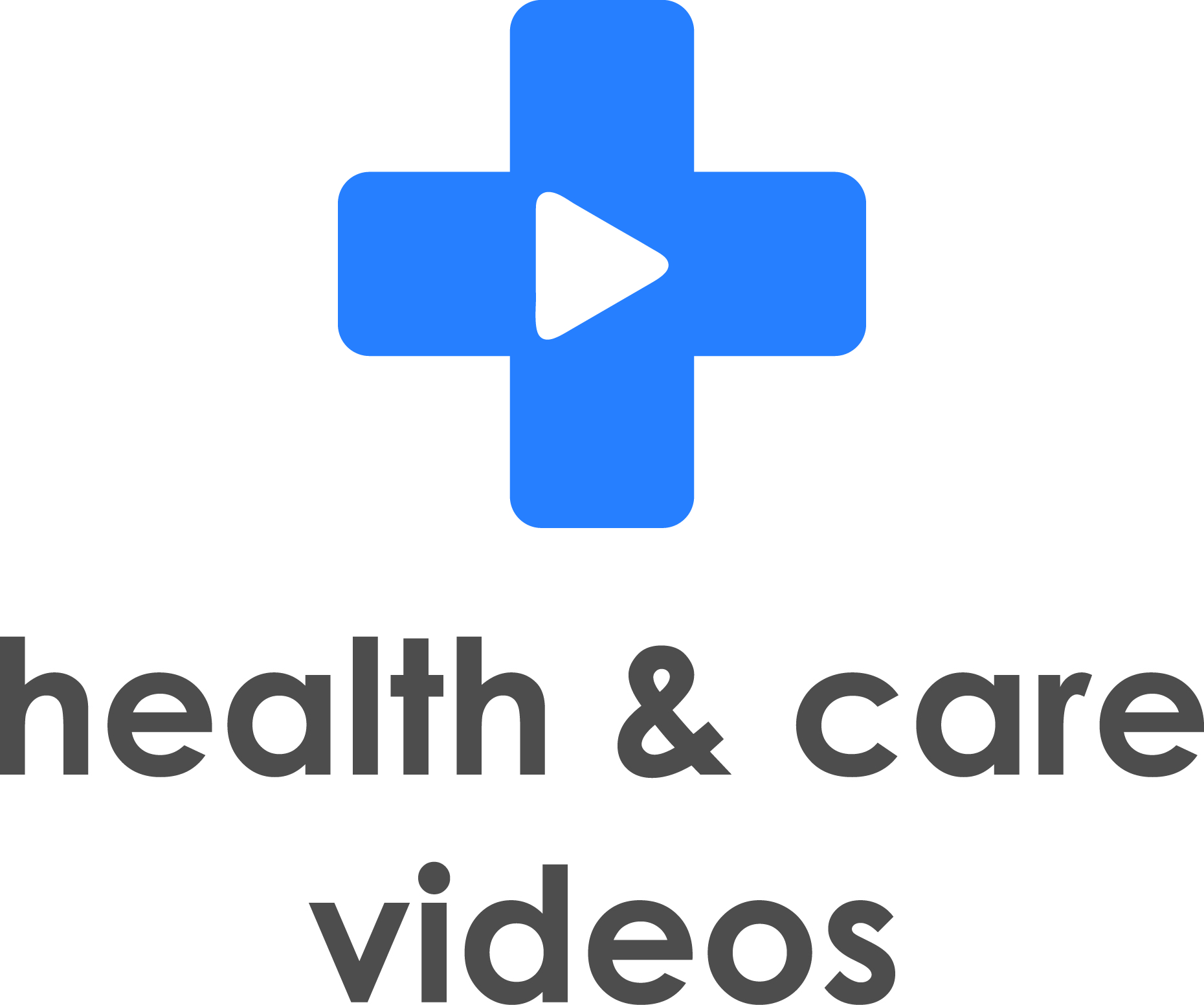There are several different video styles to choose from. The one you pick depends on the video’s purpose, audience and key messages.
We are here to help offer advice on which videos are most suitable and have the in-house capability to produce a wide range of formats and styles.
Here are a few examples of our work:
Scripted pieces to camera and interviews
One of the best ways to inform your audience about a certain topic or experience is to have people speaking directly to the camera.
Whether it’s an actor reading a script where they outline different conditions, medications and treatments, or a patient, carer or health care professional relaying a personal experience, these videos can have a real impact.
These videos convey key points clearly and concisely, while offering a personal touch that is reassuring for the viewer.
Training and explanatory ‘how to’ videos
Videos are a great way to demonstrate activities for health care professionals and members of the public.
They provide a step-by-step visual guide to conducting tasks, so are a very effective tool for staff training and improving condition self-management.
These video guides are a great resource as staff members and patients can return to them at any stage in their care pathway.
Setting the scene
Providing some background or context for your video can help the viewer engage with it – especially if they see locations or landmarks they recognise.
It can also help relieve patient anxieties if they can see the hospital they’re going to visit and maybe even some of the staff members they will meet.
Also, if you’re recording a speech or an event, it works as a good reminder and may spark more interest in attending the next year.
2d and 3d animation
Animations are an exciting way to engage audiences and explain complex concepts simply and effectively.
They allow you to cover topics that traditional videos do not; working especially well for surgical procedures that cannot be presented through a real-life example.
Animations can be used for staff training, explaining processes to patients and HCPs, education and more; they’re a very versatile and effective tool.
